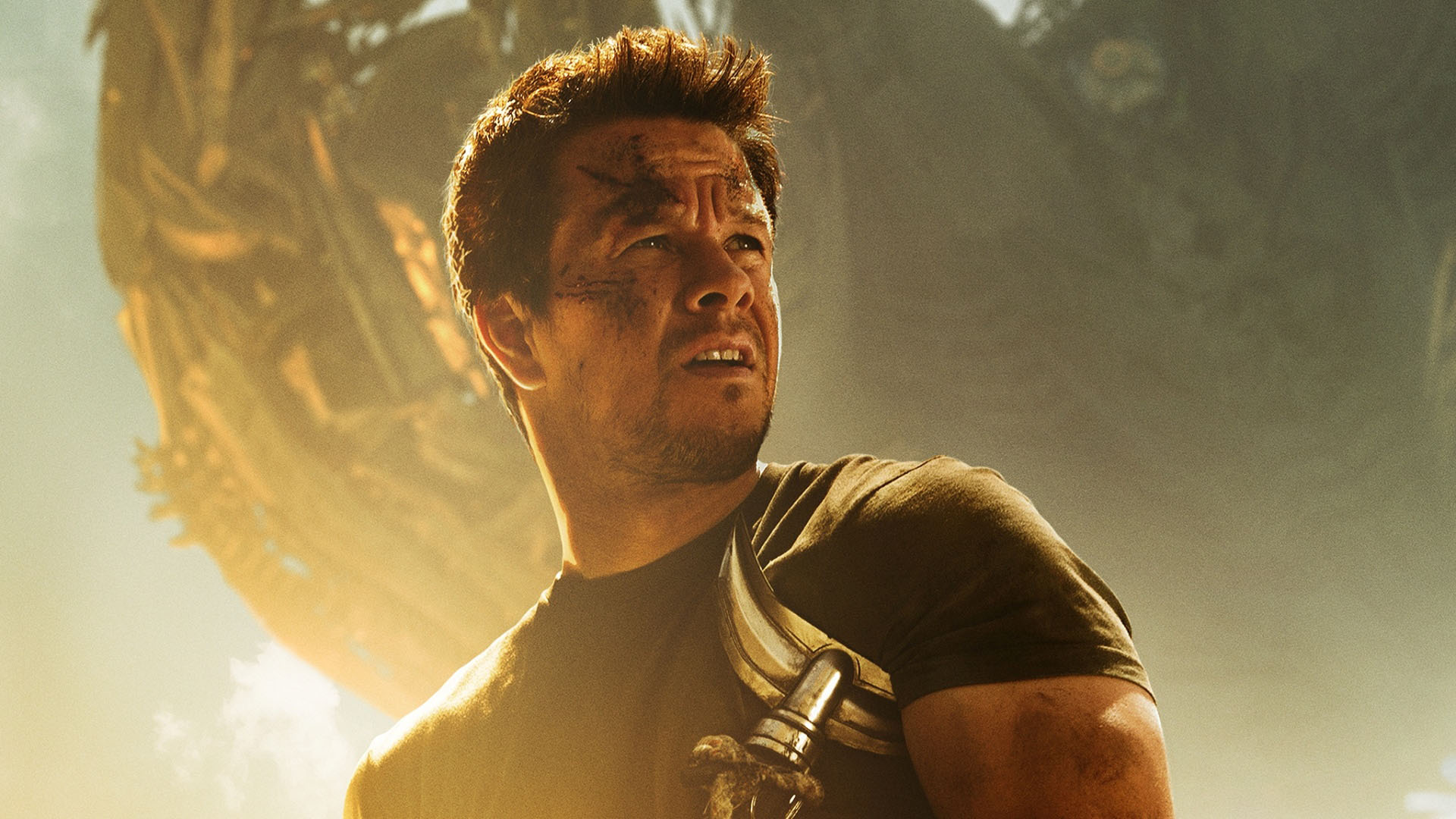
Generally made to milk a concept, character or genre, movie sequels have never been especially renowned for their artistic integrity. In the case of movies with more than one sequel, these often mammoth series of spin offs and money grinders—series which can last decades in some cases—are all too often perfect examples of the law of diminishing returns. Both artistically as well as financially for their investors.
In this list we will explore the very worst offenders. The franchises listed below may have started off well (at least some of them), but in all cases devolved, with each successive iteration, more and more ridiculous plots, trope-ridden cliché extravaganzas, which ultimately became caricatures of themselves; each appealing to a lower and lower common denominator.
As always, it must be said that opinions differ on all matters of cinema so if you find yourself disagreeing or upset that your favorite franchise is under attack, take comfort knowing that your pet movie franchise made at least enough money to even get a sequel. And then, somehow, another sequel. This being said, it must always be kept in mind that “popular” does not equal good.
10. Paranormal Activity
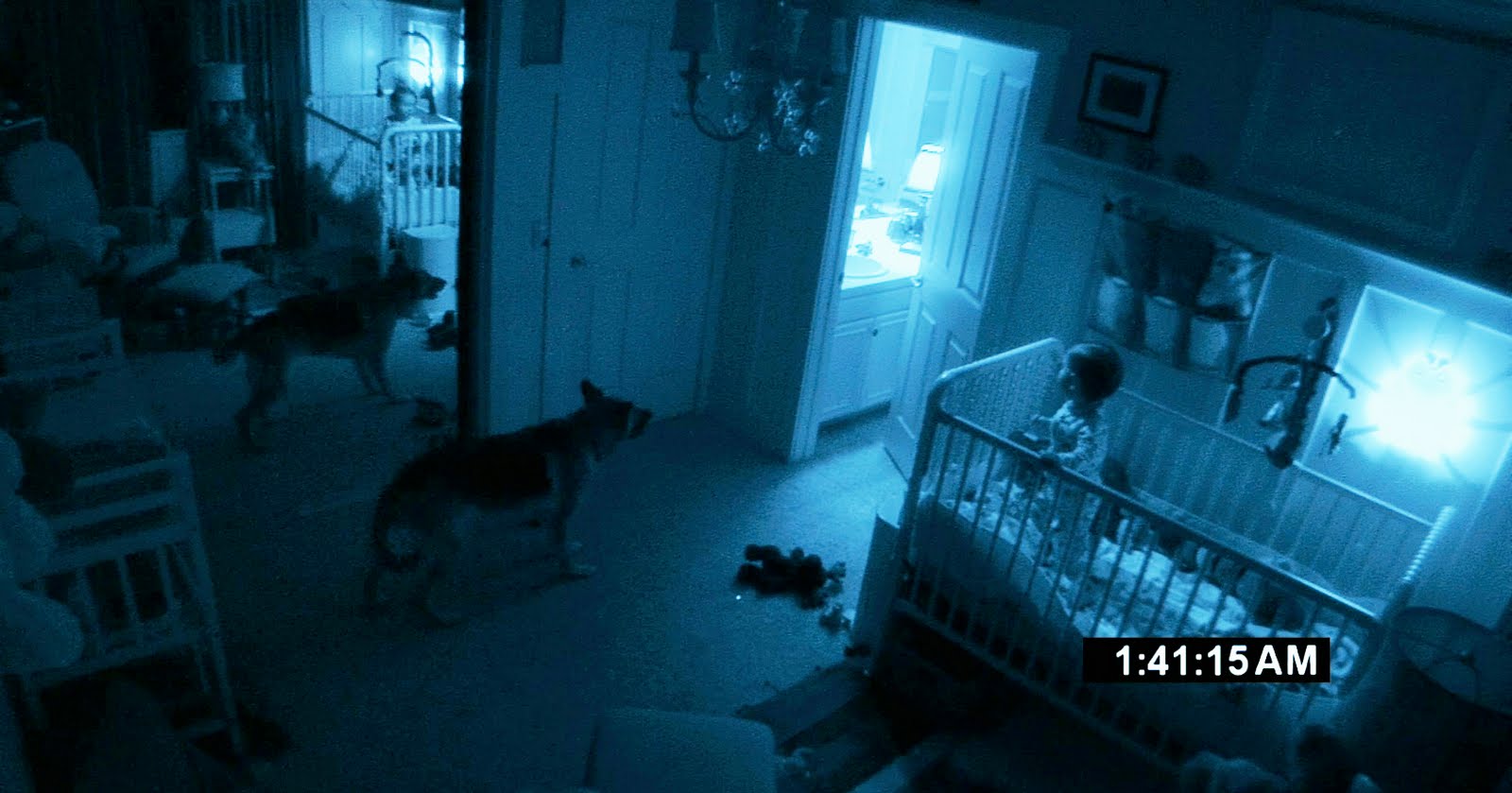
Kicking off in 2007, Paranormal Activity is an awful six part movie franchise. With the exception of the fifth and sixth installments, the producers didn’t even see fit to give the sequels their own titles. Just Paranormal Activity 2, 3 and 4. The fifth installment, The Marked Ones, produced in 2014 and another spin-off, dubbed The Ghost Dimension are, however, ingeniously titled. Can you hear the Twilight Zone theme tune playing in your head? Say it again! The Ghost Dimension! Doesn’t that just send shivers down your spine?
Like all movie franchises, the Paranormal Activity franchise is designed with one primary, central purpose—to make obscene amounts of money for their producers. In this case however, Paranormal Activity has something special up its sleeve to really bolster its success: the fact that the whole film is basically a home video.
Following in the tradition of other horrendous “found footage” horror films inspired by the likes of the Blair Witch Project, Paranormal Activity (and its sequels) pretends that every shot from the film is in fact taken from a video camera installed in the house of the central characters; a couple, dealing with—Dun! Dun! Dun!!!—Paranormal Activity!! This makes shooting the entire movie extraordinarily cheap, cutting production costs by an order of magnitude!
The first film (2007) was almost entirely produced by American filmmaker, Oren Peli. Using multiple cameras to speed up the shoot on the one hand (they had dozens of them) and the fact they are all low rent, low quality video cameras on the other hand means no expensive film crews, no flashy cinematography, no expensive lighting, and no big name, expensive actors. This, coupled with barely any special effects, in turn this meant that, based upon the investment-return ratio at least, Paranormal Activity is now the most profitable film ever made. If you paid to watch this film, this is at least partly your fault.
One has to admit that the first film, while not especially great (compared to virtually any other film ever made) was at least watchable and managed to tell a story, even if it was hideously trite, tedious and predictable. For this, and for doing it on such a limited scale, the filmmakers must be commended, if not for their artistic ability but for their business sense. They did get rich. Fast.
So, the next question becomes, what do you do when you have just bought the rights to the most profitable film ever made? Well, obviously—if you are Paramount/Dreamworks—you make another five of them. As quickly and cheaply as possible. And in order to take as few risks as possible you pull out the same bunch of tired cliche-infested tropes and string them together in pretty much the same order as the last few times and hope that your target audience is naive enough to fall for it, over and over again. And guess what? They did.
9. Sharknado
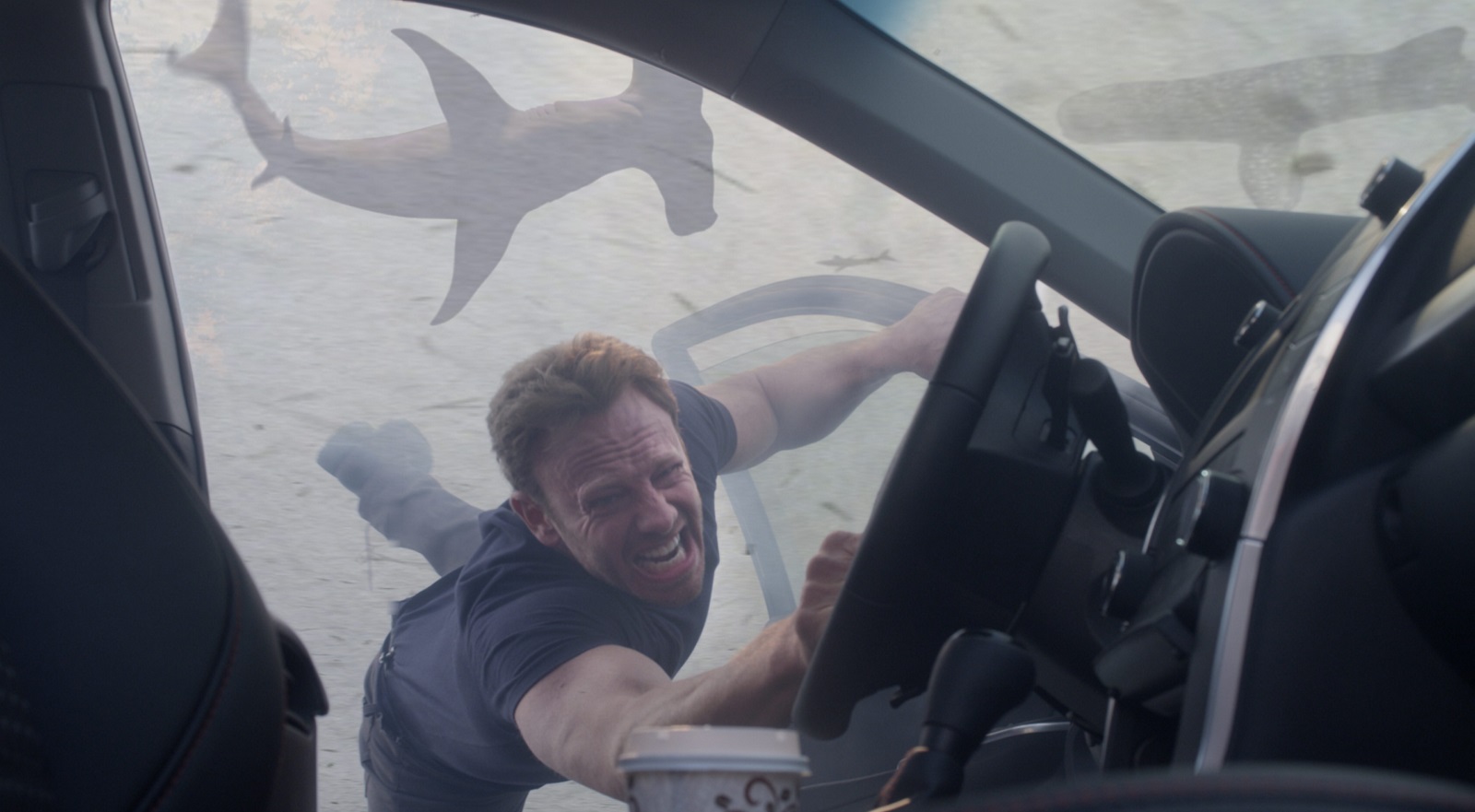
Produced by The Asylum for the Syfy channel, the original Sharknado (2013) was written by a man with the unlikely and somewhat ridiculous name, Thunder Levin. If that wasn’t enough, this B grade movie managed to spawn a slew of sequels and re-popularized the horror-comedy genre in general.
To sum up the entire series, the central plot of this ludicrous franchise revolves around a group of people trying to survive a blight of Sharknados that hit Los Angeles (the original), New York City (part 2) and various other American cities causing widespread devastation. In the fifth installment, Global Swarming, the action takes place, predictably, around the world. There is nothing subtle about Sharknado. But, what exactly is a sharknado? It is exactly what it sounds like. A tornado—full of man eating, killer sharks—obviously. And as the movie’s tag-line reads: Enough said.
Now to be fair, Sharknado is a kind of high-concept tongue in cheek production and what separates it from most other B grade flicks is that it is at least self-aware of its own audacity. Even lead actor, Ian Ziering commented that he had serious reservations about the script. He took the role, he claimed, in order to earn enough money to qualify for Screen Actors Guild health insurance.
Despite opening on SyFy channel with below average viewings, the film soon picked up momentum and somehow became a cultural phenomena—delivering a total of five sequels! It is hard to say wether this is a credit to the ingenuity of the creative team alone or if credit should be given to the millions of viewers who obviously just had nothing better to do with their lives than indulge this rather rank and unsavory new low for trash cinema. Somehow the series has an average rating of 55% on the popular review website Rotten Tomatoes. You can only blame yourselves.
8. Taken
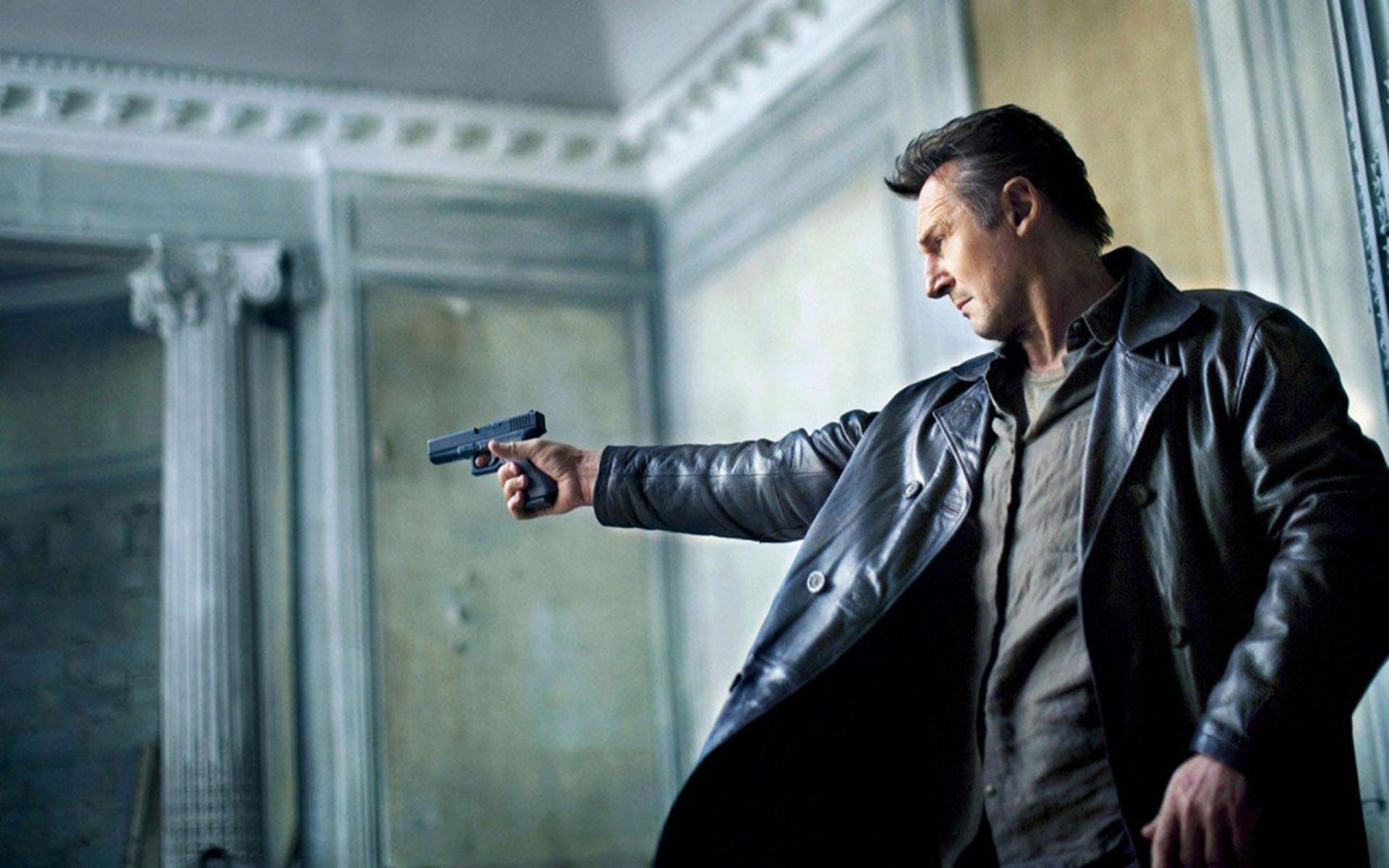
With only three sequels following the original, this is one of the shorter franchises on this list but it earns its place among the trashiest series of films by starring otherwise classy actor Liam Neeson as the guy who can’t stop his family getting kidnapped. Over and over again. Seriously? What is wrong with this guy? At least in Die Hard II, Bruce Willis had the decency to say “How can the same shit happen to the same guy? Twice!” Not so for Taken. Taken takes itself a bit too seriously.
Oddly, it is produced Luc Besson, the man that brought us such incredibly beautiful and powerful films as The Big Blue and Leon the Professional—Taken, however, seems to have been his worst idea ever. Instead of complex characters with deep personal inner conflicts being revealed through interesting behavior we have Liam Neeson running around pretending to be Charles Bronson from the 70s. Which is ironic because the iconic actor, known for his towering heigh, deep graveling voice and Irish accent; is not that far off from seventy himself.
One can only assume that this far into his career he decided he needed a yacht and a holiday home on the Mediterranean. Hence the departure from any kind of integrity. In actual fact, Neeson believed the film would be released directly to video and was as surprised as anyone when it grossed over 226 million dollars. It seems to justify the saying “If you make it, they will come!”
And so, like all good sequels, motivated by profit and bums-on-seats (as they say in the theatre), they got the team back together and thought they do it again. And again. And again. The franchise has become, in fact, so successful now that (as of 2017) a TV series is now in the works. Thus, if you like watching mindless violence motivated by simple, black and white genre conventions, performed repetitively and in not especially new or imaginative ways, you may have something to look forward to.
7. Final Destination
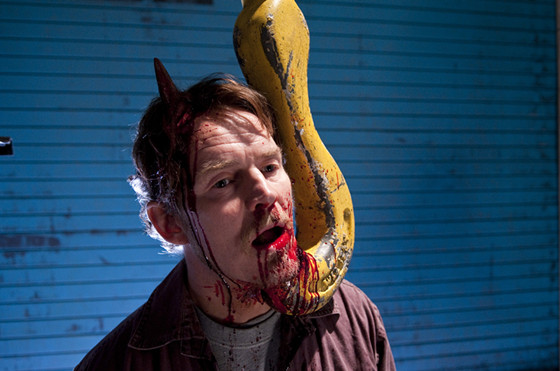
Lauded as an innovative concept film on the grounds that “death killing people” was some how clever and original, (what does that even mean?!) the Final Destination franchise is among the top ten highest earning American horror movie franchises ever made. Based on its box office, video rental and other revenue, Final Destination is right up there with Texas Chainsaw Massacre and Nightmare on Elm Street.
And all this, despite not having a cool, hockey mask wearing, razor-finger gloved, throat-slashing antagonist. Just good old Death. And we are not even talking about a classic Seventh Seal style Death here either; with a hood and scythe. We are talking about an invisible force of nature that goes around killing people. But not before they can have visions of their demise and attempt to escape. Why? A very good question indeed.
You see the premise of this failed X-Files script (the original screenplay by Jeffrey Reddick, was once destined for Molder and Scully) is that if you avoid your fate, usually by having visions of it, Death will find another way to catch up with you. This gets even more complicated later in the franchise when we learn that our non-recurring heroes can also cheat death with “new life”. i.e. by having a baby or drowning yourself and being resuscitated. Clever ha? Clearly death never thought of that!
All of this amounts to a slasher franchise without the slasher, where death comes in more and more elaborate and unconvincing forms. From airplane explosions to theme park accidents, from shower slips to electrocution; death, in Final Destination, has quite an imagination. Especially when it comes to getting revenge for being outwitted the first time. One is ultimately left with the impression that Death is just not very competent at his/its job.
6. Police Academy
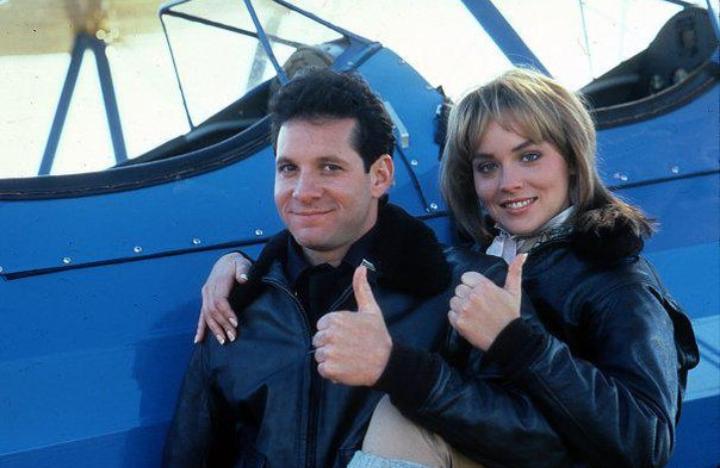
It would be easy to assume that franchise movies were a modern phenomenon. With massive-budget, steam-rolling series like the Marvel Universe franchise (note: it is little more than luck that they are not on this list) going around gobbling up consumers money, it’s hard to imagine a day when a seven part franchise about a bunch of incompetent police cadets could have ever been a thing. But it was. And it was the 80’s. And if you lived through it, our condolences. This was by far one of the worst film franchises ever produced and the fact that it lasted so long, some kind of anti-miracle.
In 1984 a somewhat low-budget little comedy, directed by Hugh Wilson, of Blast from Past (1999) and Down Periscope (1996) fame and distributed by Warner Brothers Studios, entered popular consciousness.
Following the rather ill-conceived story of a group of misfits who, due to recent policy changes, have been allowed to enter local law enforcement and train at the police academy, regardless of age, sex, orientation or even (in one case at least) criminal background. In their quest to become police officers we are then made privy to the “hilarious” pranks and other hi-jinx, which they perpetrate against their instructors, each other and the city at large. Oh the hilarity!
Lowbrow and popular as it was, Police Academy quickly made an insane amount of money at the time, spurring the producers to immediately whack out a sequel following much the same comic formula. That is to say, it had a few lame jokes, the same clueless characters and at least one slapstick action sequence at the end.
Police Academy 2: Their First Assignment thus led to a cascade of bad taste, poor jokes and cardboard cutout story-lines. These, mixed up with some below-par action sequences, culminated in Police Academy 3,4,5 and 6. Finally in 1989 there was a lull in production due to a heavy drop in popularity as audiences came to their collective senses and Police Academy took a five year hiatus. They would, however, come back one last time in 1994 for yet one more flogging of the dead horse. And indeed it was dead.
This time, unlike the other sequels—which at least made some money back—Police Academy: Mission to Moscow barely made $126,000—a downright shocking return for such a long running franchise. Now it seemed the producers finally had gotten the message. No one wanted to watch this nonsense anymore. And some small measure of sanity returned to the world.